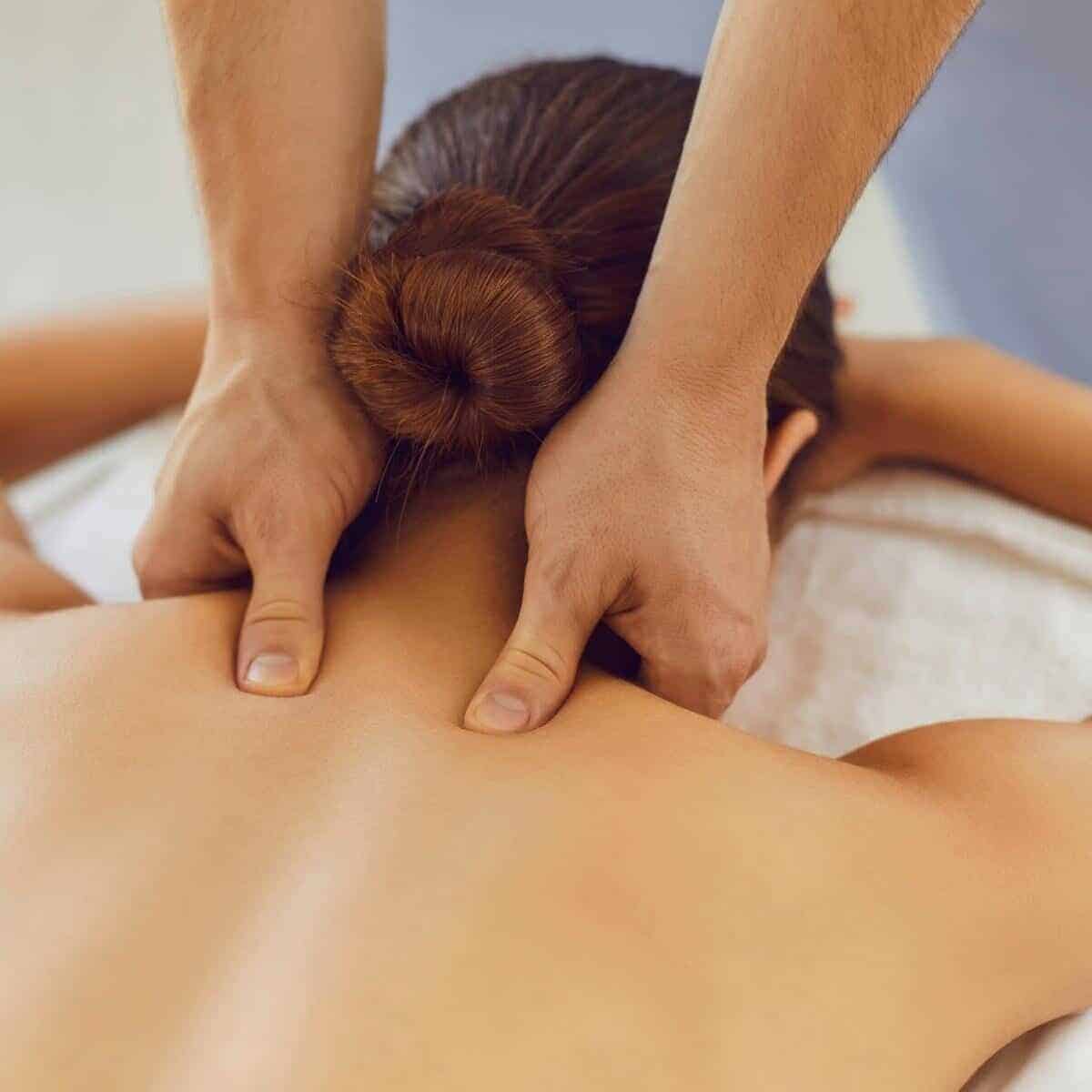Are You Getting the Most Out of Your Massage Therapy?
Massage therapy has long been celebrated for its many benefits, from easing stress to improving circulation. But with so many techniques available, it can be difficult to know where to start or which massage type best suits your needs. Whether you need relief from chronic pain or you’re simply looking for a way to unwind, understanding the different purposes of massage therapy and the techniques involved can help you get the most out of your experience. Here’s a breakdown of some key purposes of massage therapy and the techniques that go with them.

This is a collaborative post.
Get the Right Massage Therapist for Your Needs
Different massage therapists have different strengths so it’s important to choose the right one. This will ensure that your session is effective and enjoyable. There’s no one-size-fits-all when it comes to massage therapy, so finding a therapist who understands your specific needs is important. But how do you go about finding the right person? Start by thinking about your goals. Are you looking for someone to help you relieve chronic pain, or are you more focused on relaxation?
It’s also essential to research potential massage therapists. Look into their qualifications, experience, and the techniques they specialize in. One of the best ways to find a good therapist is through recommendations or reviews. Look for someone who has the right training and certification for the type of massage you’re interested in. If you have a specific health condition, make sure to ask about their experience in that area. Asking about the massage environment can also give you a sense of what to expect—whether it’s more clinical or spa-like. These details help you choose a massage therapist that’s best suited to your needs.
The Benefits of Home Massage: A New Way to Relax
While visiting a professional massage therapist is wonderful, home massage has grown in popularity for good reason. In fact, with today’s technology, it’s easier than ever to give yourself an effective massage right at home. Many people are turning to home massage for its convenience and accessibility. But what makes home massage so appealing, and can it really deliver the same benefits as seeing a therapist?
Home massage provides a way to unwind without the stress of travel or fitting an appointment into your schedule. Plus, it’s completely customizable. Whether you’re using your hands, tools, or devices, you can control the intensity and target the areas that need the most attention. One of the most effective tools that has become a favourite for home use are one of many muscle massagers. Devices like these have taken home massage to the next level by providing deep tissue relief that rivals a professional session. They’re particularly effective for people dealing with muscle tension after workouts or long periods of sitting.
Aside from physical benefits, home massage promotes mental relaxation. Setting aside time for a self-massage or using a device can create a calming ritual that helps reduce stress. You can take your time, focus on your body’s needs, and experience relief without the hustle of leaving the house. Best of all, it can be done as often as needed, making it a convenient addition to your self-care routine. If you’re new to home massage, start by focusing on areas that tend to carry tension, such as your neck, shoulders, or lower back.
Reducing Stress and Anxiety: The Power of a Relaxing Massage
Unfortunately, stress and anxiety have become everyday companions for many people. Whether it’s the pressure from work, family, or just life in general, the physical and mental effects of stress can quickly pile up. That’s where massage therapy steps in as a powerful tool to unwind both body and mind.
A relaxation-focused massage, such as a Swedish massage, is one of the most common and effective techniques for stress reduction. Unlike deep tissue or sports massage, Swedish massage uses lighter, soothing strokes designed to help you feel more relaxed rather than working out muscle tension. The gentle pressure helps stimulate circulation and encourages the body to switch from its fight-or-flight response to a more restful, calm state.
During a massage, the hormone cortisol—which is associated with stress—decreases, while feel-good chemicals like serotonin and dopamine increase. This chemical shift allows you to feel a sense of calm that can last long after the session. In fact, regular massages can help you build resilience against stress over time. By incorporating massage into your self-care routine, you not only give your body a chance to physically relax, but you also take an important step toward mental well-being.